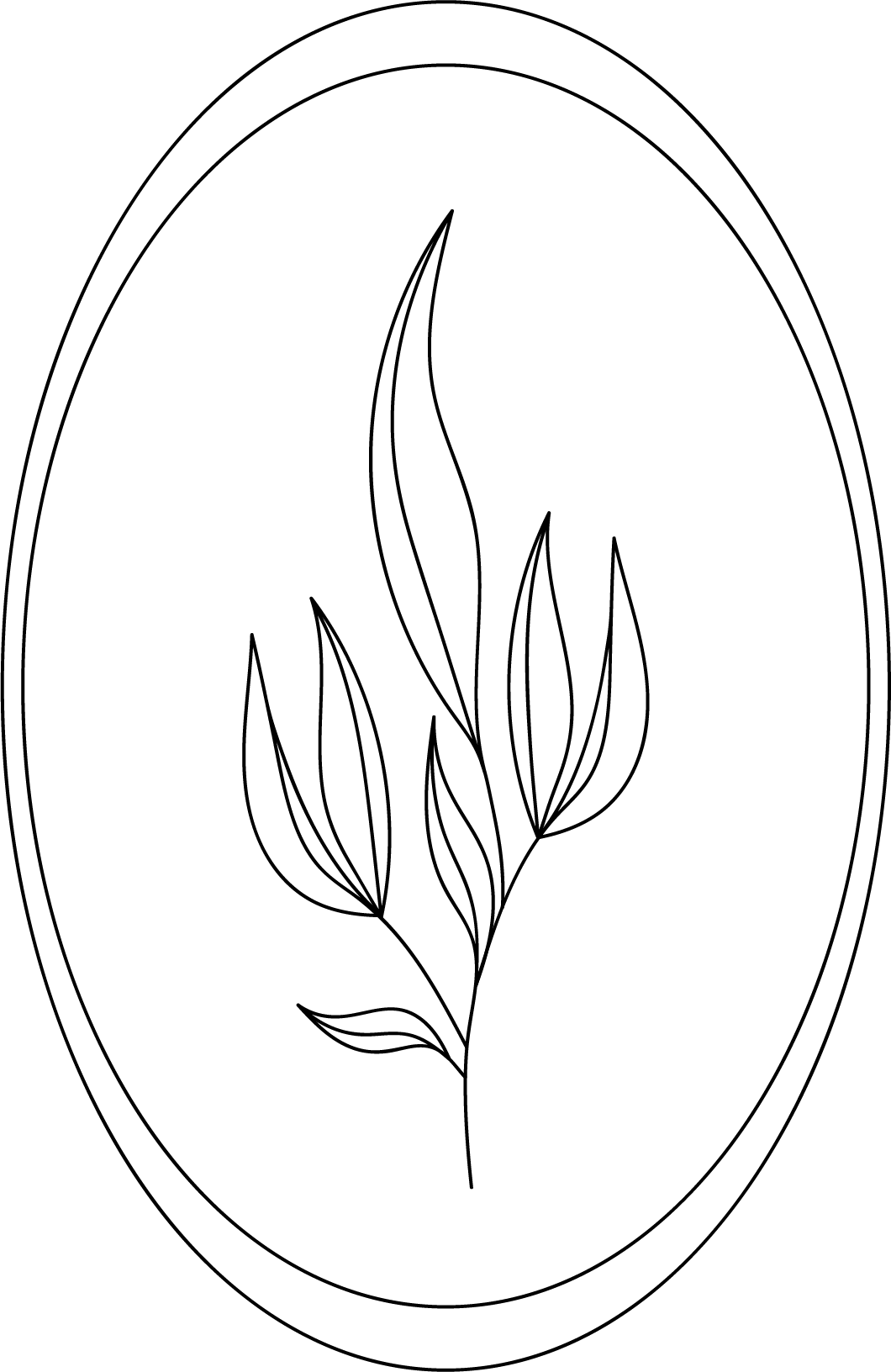Polycystic ovarian syndrome (PCOS) & Cinnamon
Polycystic ovarian syndrome (PCOS) is a complex, chronic condition and often presents with insulin resistance (IR), oligomenorrhea, hirsutism, acne and infertility (Marshall & Dunaif, 2012). Insulin resistance (IR) refers to when the body cannot respond appropriately to insulin which is a blood glucose-regulating hormone ("Polycystic ovary syndrome fact sheet", 2020). Individuals with IR are at greater risk for developing obesity, gestational and type 2 diabetes.
Furthermore, insulin resistance increases androgen production (‘hyperandrogenism’) resulting in acne, hirsutism, increased abdominal fat storage and male pattern baldness (Corbould, 2008)(Dumesic et al., 2016). Thus, managing insulin resistance is one of the main therapeutic considerations to manage PCOS and prevent the risk of developing metabolic conditions.
Whilst there are insulin-sensitizing drugs utilised to manage PCOS, there are certain foods/spices which have also been proven to improve insulin resistance such as cinnamon (Dou et al., 2018). Cinnamon is an antioxidant-rich spice which blood sugar-reducing, anti-inflammatory, and antimicrobial benefits. Cinnamon activates the phosphatidylinositol 3-kinase (PI-3 kinase) pathway which in turn stimulates the insulin receptor to reduce glucose uptake by the small intestine, increasing glucose utilisation and glycogenesis (Wang et al., 2007).
A 2003 study reported 1-6g of oral cinnamon to improve fasting glucose, cholesterol and triglyceride levels in the treatment control compared to placebo (Khan, Safdar, Ali Khan, Khattak & Anderson, 2003). A recent meta-analysis of 5 clinical trials concluded cinnamon supplementation significantly decreases fasting insulin levels, fasting blood sugar, LDL cholesterol, total cholesterol and triglyceride levels compared to the placebo groups and thus is beneficial for individuals with PCOS (Heydarpour et al., 2020).
Additionally, cinnamon may also assist with menstrual cyclicity. A 2014 double-blinded, randomised controlled trial, 45 women received either encapsulated cinnamon (1.5g) or a placebo pill for 6 months. Researchers of the study reported that the treatment group (taking 1.5g of cinnamon) had improved cyclicity of their menstrual cycles compared to the control (Kort & Lobo, 2014).
So how to implement cinnamon in your everyday life?
1. Sprinkle it on everything & anything (no really), it goes great on oatmeal, yoghurt, fruit, smoothies, coffee, toast and pancakes.
2. Make a warming cinnamon tea by heating cinnamon, fresh ginger & a little touch of honey in a saucepan.
3. Bake with cinnamon such as muffins, doughnuts, bread and granola
4. Mix it with almond butter to create a delicious sweet & satiating dip
5. Add it into a spice rub for a touch of warming sweetness
Note: Purchase ‘Ceylon or ‘true’ cinnamon (available online or in health food stores) rather than the ‘cassia’ type (available cheaply in major supermarkets) as cassia contains coumarin, a hepatoxic and carcinogenic compound (Iwata et al., 2016).
REFERENCES
Corbould, A. (2008). Effects of androgens on insulin action in women: is androgen excess a component of female metabolic syndrome?. Diabetes/Metabolism Research And Reviews, 24(7), 520-532. doi: 10.1002/dmrr.872
Dou, L., Zheng, Y., Li, L., Gui, X., Chen, Y., Yu, M., & Guo, Y. (2018). The effect of cinnamon on polycystic ovary syndrome in a mouse model. Reproductive Biology And Endocrinology, 16(1), 99. doi: 10.1186/s12958-018-0418-y
Dumesic, D., Akopians, A., Madrigal, V., Ramirez, E., Margolis, D., & Sarma, M. et al. (2016). Hyperandrogenism Accompanies Increased Intra-Abdominal Fat Storage in Normal Weight Polycystic Ovary Syndrome Women. The Journal Of Clinical Endocrinology & Metabolism, 101(11), 4178-4188. doi: 10.1210/jc.2016-2586
Heydarpour, F., Hemati, N., Hadi, A., Moradi, S., Mohammadi, E., & Farzaei, M. (2020). Effects of cinnamon on controlling metabolic parameters of polycystic ovary syndrome: A systematic review and meta-analysis. Journal Of Ethnopharmacology, 254, 112741. doi: 10.1016/j.jep.2020.112741
Iwata, N., Kainuma, M., Kobayashi, D., Kubota, T., Sugawara, N., & Uchida, A. et al. (2016). The Relation between Hepatotoxicity and the Total Coumarin Intake from Traditional Japanese Medicines Containing Cinnamon Bark. Frontiers In Pharmacology, 7, 1-4. doi: 10.3389/fphar.2016.00174
Khan, A., Safdar, M., Ali Khan, M., Khattak, K., & Anderson, R. (2003). Cinnamon Improves Glucose and Lipids of People With Type 2 Diabetes. Diabetes Care, 26(12), 3215-3218. doi: 10.2337/diacare.26.12.3215
Kort, D., & Lobo, R. (2014). Preliminary evidence that cinnamon improves menstrual cyclicity in women with polycystic ovary syndrome: a randomized controlled trial. American Journal Of Obstetrics And Gynecology, 211(5), 487. doi: 10.1016/j.ajog.2014.05.009
Marshall, J., & Dunaif, A. (2012). Should all women with PCOS be treated for insulin resistance?. Fertility And Sterility, 97(1), 18-22. doi: 10.1016/j.fertnstert.2011.11.036
Polycystic ovary syndrome fact sheet. (2020). Retrieved 16 November 2020, from https://www.ndss.com.au/about-diabetes/resources/find-a-resource/polycystic-ovary-syndrome-fact-sheet/#:~:text=Up%20to%2080%25%20of%20women,to%20manage%20blood%20glucose%20levels.
Wang, J., Anderson, R., Graham, G., Chu, M., Sauer, M., Guarnaccia, M., & Lobo, R. (2007). The effect of cinnamon extract on insulin resistance parameters in polycystic ovary syndrome: a pilot study. Fertility And Sterility, 88(1), 240-243. doi: 10.1016/j.fertnstert.2006.11.082
